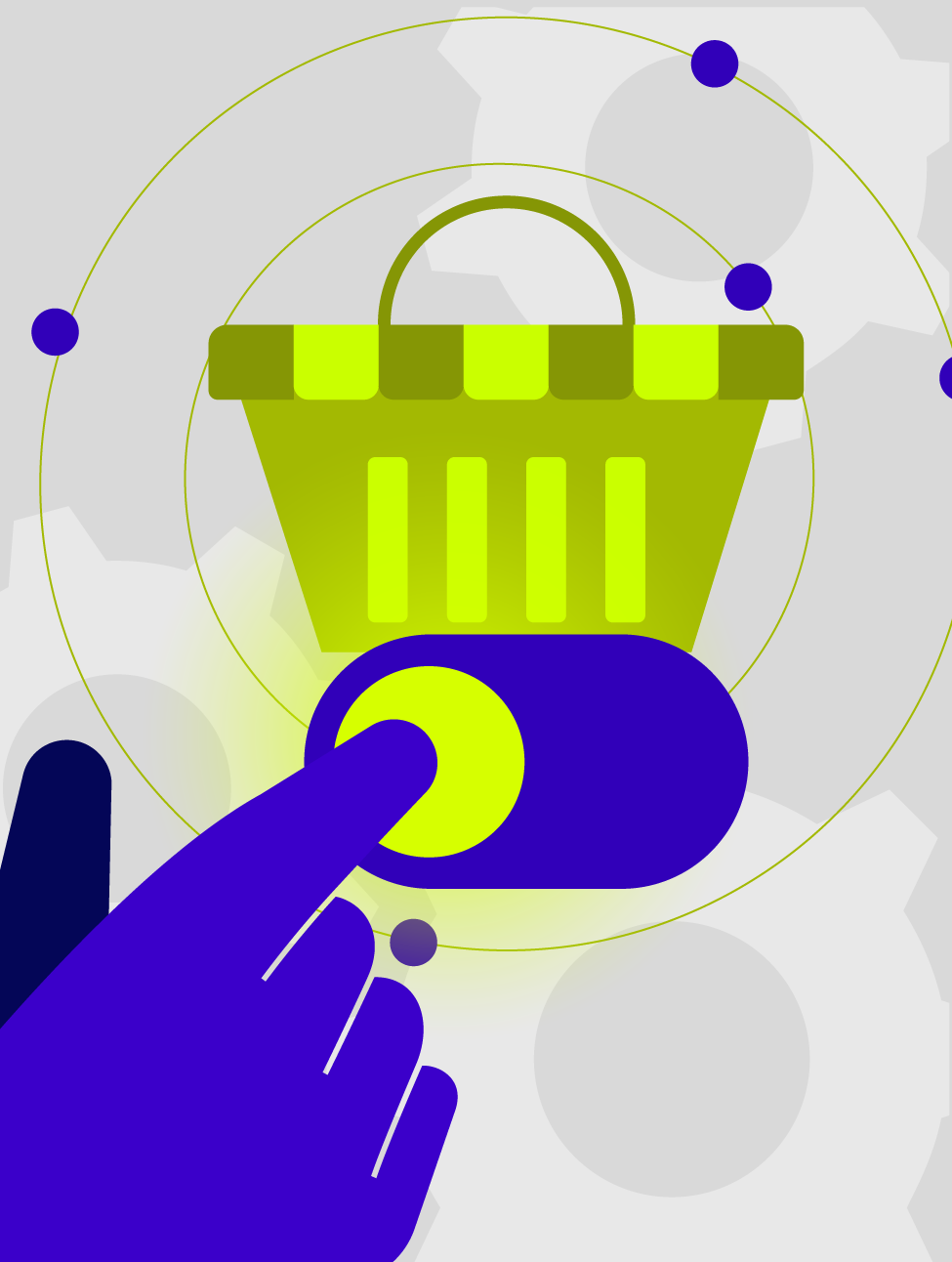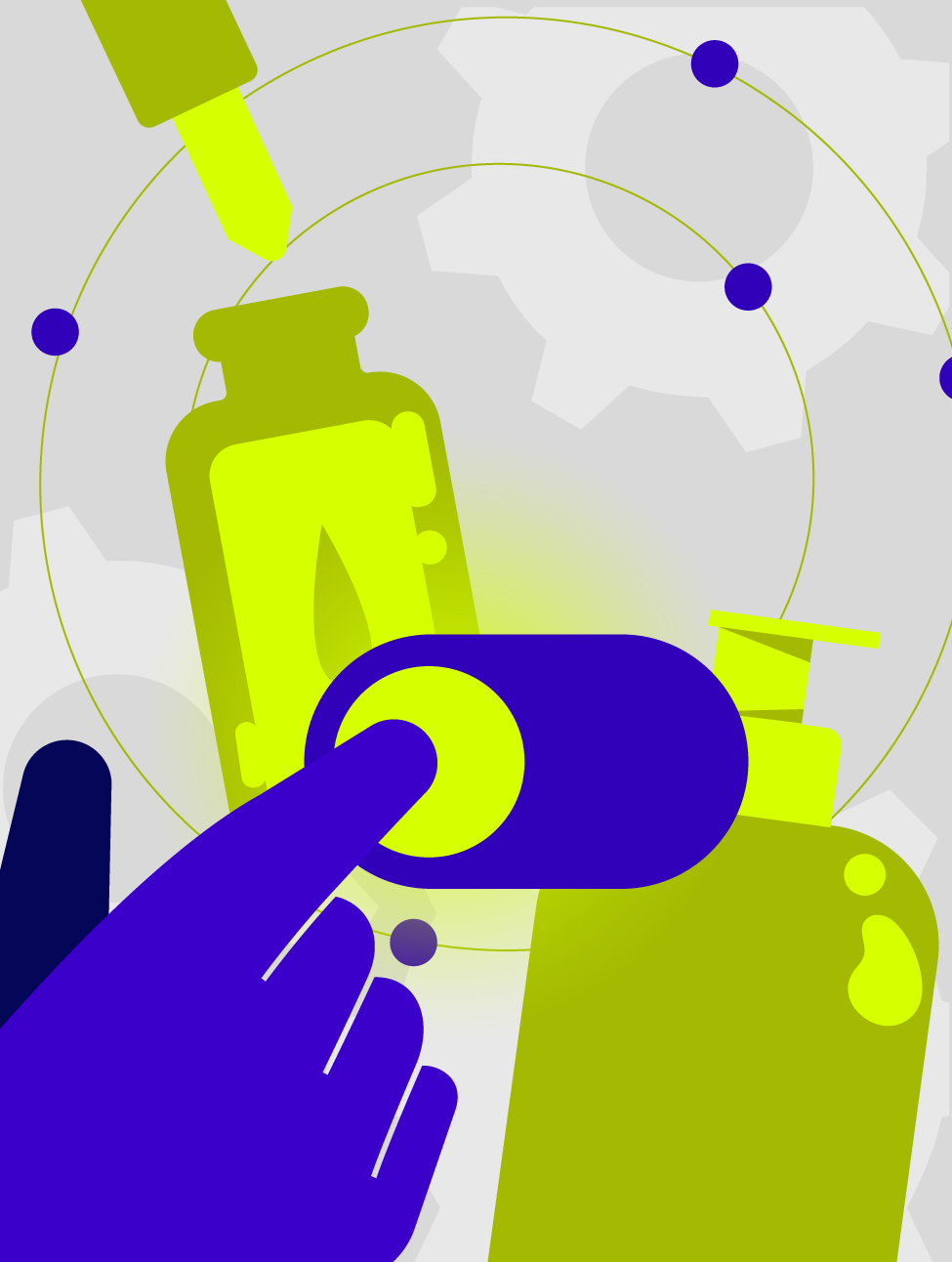To create top-notch customer experiences online, you need to understand why users behave the way they do on your website.
In this e-book, we outline four common cognitive biases and how you can leverage each in your experience optimization strategy to drive increased conversions featuring real use cases from AB Tasty clients.

What is cognitive bias and how does it relate to CRO?
Cognitive bias can be defined as the systematic tendency, used by the brain as an information processing shortcut, to base judgment, memory, decision-making, etc., on one’s personal frame of reference instead of on rational logic.
By designing a website with common cognitive biases in mind – or by testing website optimization ideas based on these biases – CRO experts are routinely able to increase conversion rates – simply by gaining a better understanding of why and how online consumers make decisions.

Spark
your curiosity!
Get your copy of "Psychology Hacks for Experience Optimization" now.







